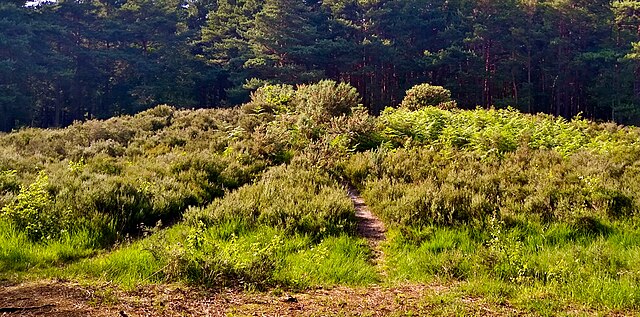McLaren Technology Centre
The McLaren Technology Centre is the headquarters of the McLaren Group and its subsidiaries, located on a 500,000 m2 (50 ha) site in Woking, Surrey, England. The complex consists of two buildings: the original McLaren Technology Centre, which acts as the main headquarters for the group, and the newer McLaren Production Centre, primarily used for manufacturing McLaren Automotive cars.
McLaren Technology Centre
Panoramic view
Woking is a town and borough in northwest Surrey, England, around 23 mi (36 km) from central London. It appears in Domesday Book as Wochinges, and its name probably derives from that of a Saxon landowner. The earliest evidence of human activity is from the Paleolithic, but the low fertility of the sandy local soils meant that the area was the least populated part of the county in 1086. Between the mid-17th and mid-19th centuries, new transport links were constructed, including the Wey Navigation, Basingstoke Canal and London to Southampton railway line. The modern town was established in the mid-1860s, as the London Necropolis Company began to sell surplus land surrounding the railway station for development.
Woking town centre from the west
Victoria Square, Woking
The Sandpit, Horsell Common. Sand was extracted from this area until the 1960s.
The westernmost Bronze Age bell barrow on Horsell Common






